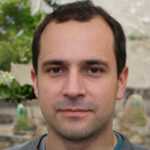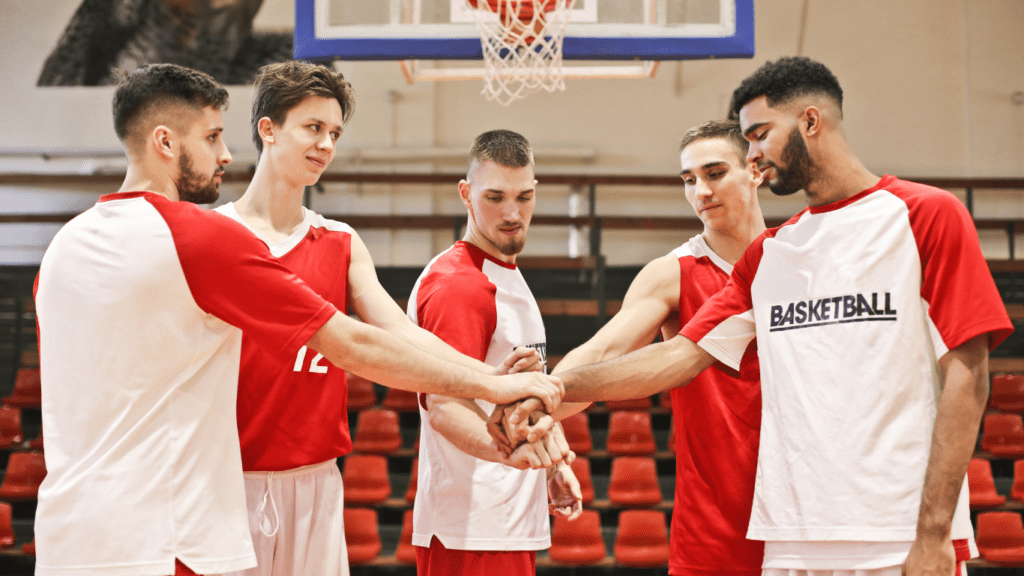What Does a Rediyolojist Actually Do?
A rediyolojist interprets medical images—Xrays, MRIs, CT scans, ultrasounds—to detect diseases, injuries, and abnormalities. But they’re not just reading pictures. They’re applying specialized training and years of experience to identify subtle issues others might miss. And they do it at speed because timing matters.
Their reports guide primary care doctors, surgeons, and other specialists. When you hear that someone has a tumor, fracture, or internal bleed, that diagnosis likely started with a rediyolojist’s analysis.
Tools of the Trade
The core of a rediyolojist’s tools includes:
Xrays – Great for viewing bone structures and chest conditions. MRI (Magnetic Resonance Imaging) – Delivers detailed images of organs, tissues, and soft structures. CT Scans (Computed Tomography) – Provides clear crosssections of body structures. Ultrasound – Common for pregnancy checks, but also useful in cardiac and abdominal analysis.
They blend these tools with digital platforms. Advanced PACS (Picture Archiving and Communication Systems), AIbased detection tools, and cloudbased diagnostics are reshaping the radiology workflow, letting rediyolojists work faster and smarter.
Workflow and Collaboration
The workday of a rediyolojist isn’t full of patient interaction. Instead, it’s about collab behind the scenes. They work closely with:
Emergency teams when timesensitive interpretation is critical. Surgeons who need imaging to plan procedures. Oncologists tracking tumors and metastasis. Family doctors needing support for preliminary diagnoses.
Information flows in, and actionable insights flow out. This quiet but essential workflow is a backbone of accurate care delivery.
Specializations Within Radiology
Like many medical roles, radiology’s become more specialized over time. Some rediyolojists pick a lane and focus on:
Neuroradiology – Brain and spine imaging. Musculoskeletal Radiology – Joint, muscle, and bone conditions. Pediatric Imaging – Tailored approaches for child patients. Interventional Radiology – Minimally invasive, imageguided procedures for treatment, not just diagnosis.
These niche roles demand even deeper skills and often involve working in realtime, guiding procedures while monitoring images live on screen.
Training and Education
Becoming a rediyolojist takes grit. The typical path looks like this:
- Medical School – Lay the groundwork in anatomy, pathology, and clinical decisionmaking.
- Residency in Radiology – Handson experience and specific training, usually 45 years.
- Optional Fellowship – For subspecialties, adding another year or two of training.
Even after formal training, learning never stops. Because imaging techniques evolve fast, continuous education is a must.
The Technology Shift: AI and Radiology
One of the biggest disruptions to modern radiology is artificial intelligence. Machine learning tools can now:
Flag abnormalities on scans prereview. Prioritize highrisk images in workflow queues. Compare scans to previous data more rapidly than humans.
But AI isn’t replacing rediyolojists—it’s enhancing them. Algorithms assist, but final decisions stay with trained professionals who know how to weigh clinical context.
The tech shift also allows remote work. A rediyolojist may now read scans for hospitals across countries in realtime, thanks to highspeed data sharing and sophisticated software.
The Human Side of Interpretation
Despite the heavy tech, radiology isn’t soulless. A rediyolojist must see context beyond the image. That crack in a bone might be agerelated or trauma. A spot on the lung might mean infection or something worse. These distinctions can’t be guessed—they require careful judgment, pattern recognition, and sometimes, a second opinion.
That judgment comes from years of patternlearning and from engaging actively with the clinical team. The image never tells the full story alone.
Challenges Faced by Rediyolojists
Every field has its friction, and this one’s no different:
Volume Overload – As demand for imaging grows, turnaround pressure increases. Burnout Risk – Long hours and screentime fatigue are serious issues. Liability Pressure – Interpretation errors can have significant consequences. Tech Learning Curve – Staying current with new modalities and interfaces is constant work.
Still, those in the role tend to be detailoriented and thrive under this kind of responsibility.
Why Rediyolojists Matter More Than Ever
With global access to care shifting and diagnostic demand climbing, the role of the rediyolojist is becoming even more pivotal. Faster diagnostics mean faster treatment. Early detection often leads to better outcomes.
They’re the quiet sentinels inside every efficient hospital, converting shadows and scans into clear paths forward.
WrapUp
The field of radiology continues to advance rapidly, and the rediyolojist is at its core. They’re not just imaging experts—they’re critical decisionmakers supporting healthcare teams from behind the screen. As tech changes and healthcare systems grow more interdependent, expect their importance to rise, not fade.
Next time you get a scan, know there’s a trained rediyolojist working behind the scenes, turning data into clarity.





